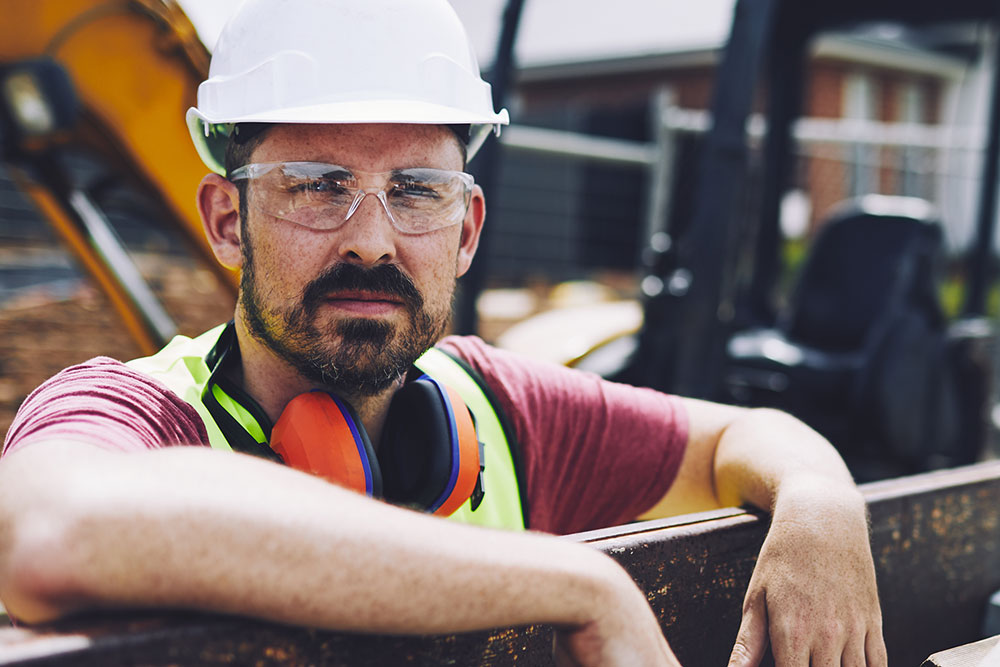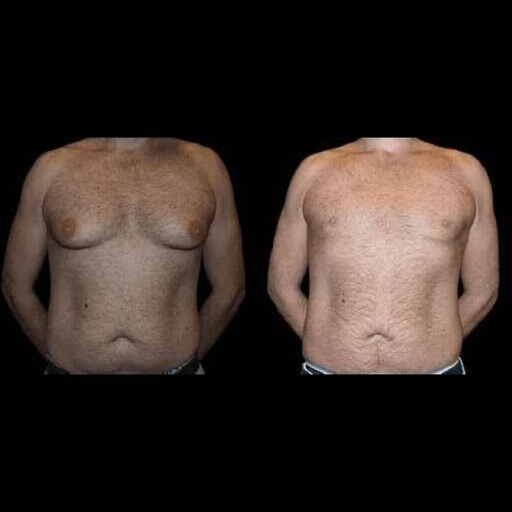When it comes to workplace safety, eye protection is often overlooked. However, with over 700,000 workplace eye injuries occurring annually, implementing a safety eyewear program is essential. From high-risk industries like construction to labs and manufacturing, every organization needs a robust safety eyewear program to protect employees’ eyesight and ensure compliance with health and safety standards. This article delves into the essentials of creating a safety eyewear program, exploring online solutions, benefits, applications, and the best practices to get started.
Benefits of a Safety Eyewear Program
Why Eye Protection is Essential
Eye injuries not only cause pain and suffering but can also lead to permanent vision loss, impacting a worker’s ability to perform and lowering productivity. Companies adopting a strong safety eyewear program see fewer injuries, higher compliance, and increased job satisfaction.
Compliance and Safety Regulations
OSHA and ANSI Standards
The Occupational Safety and Health Administration (OSHA) mandates that employers provide adequate eye protection wherever there’s a risk of eye injuries. Additionally, the American National Standards Institute (ANSI) sets specific standards (such as ANSI Z87.1) for the quality and durability of protective eyewear.
Steps to Establishing a Safety Eyewear Program
Assessing Workplace Hazards
The first step in implementing a safety eyewear program is to conduct a thorough risk assessment to identify potential hazards in the workplace. This includes evaluating tasks that involve flying particles, chemical exposure, or intense light.
- Identify Eye Hazards: Pinpoint where and how eye injuries are most likely to occur.
- Determine Protection Requirements: Match protective eyewear to the risks identified.
- Implement Controls: Engineering and administrative controls can reduce risks in conjunction with PPE.
Selecting the Right Safety Eyewear
Key Features of Safety Glasses
When choosing safety eyewear, look for features such as impact resistance, anti-fog coating, UV protection, and a secure fit. Glasses should be ANSI-certified to ensure they meet safety standards.
- Material: Polycarbonate lenses are impact-resistant and lightweight.
- Coatings: Anti-scratch, anti-fog, and UV coatings improve durability and visibility.
- Frame Styles: Wrap-around frames offer better protection, while adjustable frames ensure comfort.
Customizing Eyewear for Different Roles
Role-Specific Protection Needs
Certain roles require unique eyewear specifications. Welders, for instance, need tinted lenses to protect against sparks and radiation, while laboratory technicians might need splash-resistant eyewear. Customizing safety glasses based on role-specific risks ensures maximum protection and compliance.
Online Safety Eyewear Programs
Pros and Cons of Digital Solutions
Online safety eyewear programs make it easy for employees to choose, order, and receive safety glasses. These platforms provide convenience, streamline management, and ensure accurate record-keeping.
- Pros:
- Easy access and ordering for employees.
- Digital record-keeping simplifies compliance tracking.
- Cons:
- Lack of hands-on fitting may affect comfort and compliance.
- Limited customization options in some online stores.
Integrating Prescription Options
Benefits of Prescription Safety Eyewear
For employees who wear glasses, prescription safety eyewear is a necessity. Integrating prescription options into your program improves comfort and compliance, ensuring workers can see clearly while staying protected.
Training and Education
Creating a Safety-First Culture
Education is critical to any safety program. Employees must understand the risks of not using protective eyewear, proper use, maintenance, and the consequences of non-compliance.
- Training Sessions: Regular training fosters a culture of safety.
- Visual Reminders: Posters and signage reinforce the importance of eye protection.
- Follow-Up: Regularly review and reinforce training to ensure adherence.
Monitoring and Adjusting the Program
Continuous Improvement
Regular audits help identify areas for improvement in the eyewear program. Gathering feedback from employees can highlight comfort and functionality issues, allowing for adjustments that boost overall compliance.
Case Studies
Successful Eyewear Programs
Case studies showcase the effectiveness of eyewear programs across industries. For instance, companies in manufacturing and construction report a significant reduction in eye injuries after implementing comprehensive eye protection protocols.
FAQs
What is a safety eyewear program?
A safety eyewear program is an organized approach to providing, maintaining, and enforcing the use of protective eyewear in the workplace to prevent eye injuries.
Why is eye protection important?
Eye protection is essential to prevent injuries from flying debris, chemical splashes, and other hazards that could lead to temporary or permanent vision loss.
How can I select the right safety eyewear?
Assess the workplace hazards, consider ANSI standards, and look for features like impact resistance and UV protection.
Are online safety eyewear programs effective?
Yes, online programs offer convenience and streamline record-keeping, though ensuring a proper fit is essential.
Can employees get prescription safety eyewear?
Yes, most safety eyewear programs offer prescription options, ensuring clear vision while protecting employees’ eyes.
How often should I review my safety eyewear program?
Regular reviews, ideally annually or after significant changes, help keep the program effective and compliant.
Conclusion
Implementing a safety eyewear program is an investment in both employee well-being and organizational safety. With a strategic approach to selecting and maintaining protective eyewear, companies can reduce injuries, enhance productivity, and ensure compliance with safety standards. A well-designed program is key to fostering a culture of safety, making the workplace a secure environment for everyone.




